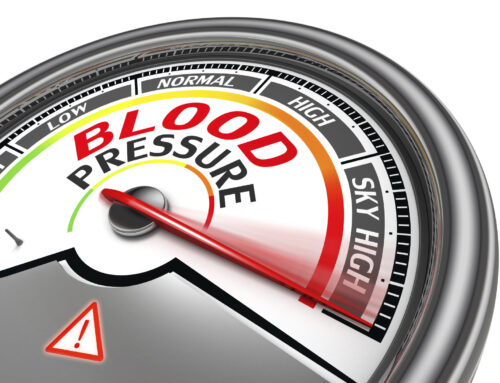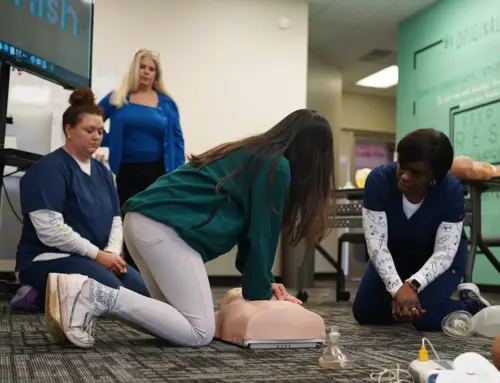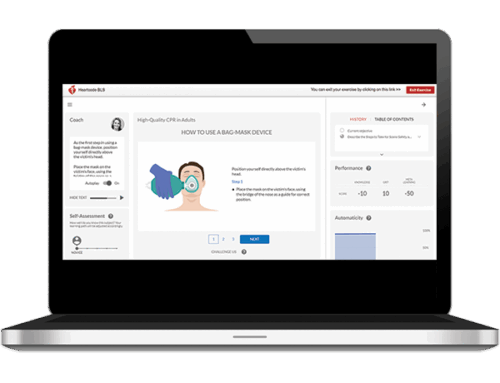An automated external defibrillator (AED) is a lightweight, portable device that delivers an electric shock to the heart when it detects an abnormal heart rhythm. The shock aims to restore the heart’s normal rhythm in someone experiencing sudden cardiac arrest, a condition where the heart unexpectedly stops beating properly due to an electrical malfunction. Rapid treatment with an AED within minutes is crucial to preventing cardiac arrest from leading to death.
Automatic external defibrillators (AEDs) are critical emergency devices that can save lives when used during cardiac arrest. Applying an AED quickly can restore normal heart rhythm and significantly improve a victim’s chance of survival, which otherwise drops 7-10% per minute without defibrillation. Together with CPR, AEDs give cardiac arrest victims the best odds by potentially doubling or even tripling survival rates compared to CPR alone. For this reason, using an AED as soon as possible is a vital part of responding to any suspected cardiac emergency.
Who can use an AED?
AEDs are intended for use by the general public (layresponders). They are portable, safe, accurate and easy to use. Non-medical personnel, such as police, firefighters, flight attendants and security guards, are trained to use AEDs. Other people who have been trained in CPR also can use them. Although formal AED training isn’t required, it’s recommended to help you increase your level of confidence using it.
How does an AED work?
The AED uses voice prompts, lights and text to tell the
rescuer the steps to take.
AEDs may have two sets of pads — adult pads and
child pads. For CPR, anyone 1 year or older who hasn’t
gone through puberty is considered a child. However,
for defibrillation, make sure you use the adult pads for
anyone 8 years or older.
Follow these steps when using the AED:
• Turn on the AED and follow the voice prompts.
• Remove all clothing covering the chest. If necessary,
wipe the chest dry.
• Peel away the backing from the pads and attach the
pads to the person’s bare chest following the illustration
on the pads.
• Plug the pads connector into the AED, if necessary.
• The AED will check to see if the person needs a shock and will automatically
give one or tell you when to give one. While the AED is analyzing, make sure no
one is touching the person.
• Resume CPR if no shock is needed. If a shock is needed, make sure no one is
touching the person and press the shock button, then immediately resume CPR.
• Continue CPR until emergency medical personnel arrive.
Read more info here: https://www.heart.org/-/media/files/health-topics/answers-by-heart/what-is-an-aed.pdf
You can also contact us here to learn more.
Get hands-on training in one of the markets that CPR Works serves:
- Charlotte
- Rock Hill
- Gastonia
- Concord
- Cornelius
- Monroe
- Harrisburg
- Matthews
- Mint Hill
- Fort Mill
- Indian Land
- Kannapolis
- Belmont
- Wilmington
- Jacksonville
- Shallotte
- Carolina Beach
- Surf City
- Hampstead
- Sneads Ferry
- Leland
- Southport
- Myrtle Beach
- North Myrtle Beach
- Surfside Beach
- Myrrells Inlet
- Conway
- Ocean Isle Beach






Leave A Comment